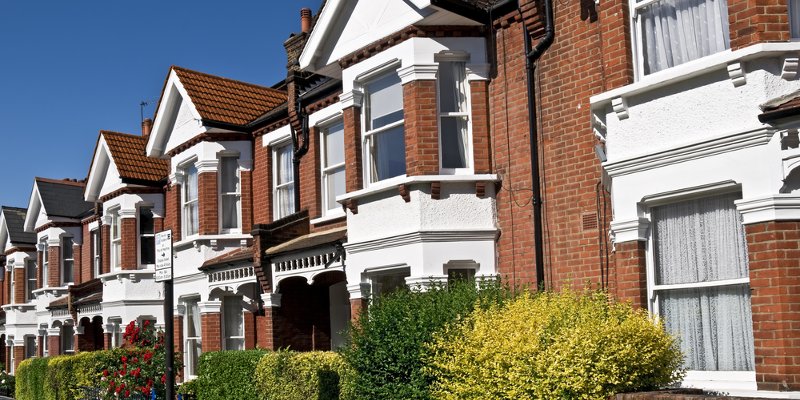Mortgages have reached their most affordable level in a decade with typical mortgage payments accounting for less than a third (29%) of homeowners’ disposable income in Q4 2017, the Halifax House Price Index found.

Mortgages have reached their most affordable level in a decade with typical mortgage payments accounting for less than a third (29%) of homeowners’ disposable income in Q4 2017, the Halifax House Price Index found.
This is compared to almost half (48%) in 2007. Annual house price growth is at 2.7% with prices rises by 1.5% in March,
Prices in the last three months to March were 2.7% higher than in the same three months a year earlier, edging up from the 1.8% annual growth recorded in February. The average price in March was £227,871, the highest recorded price.
Russell Galley, managing director, Halifax, said: “House prices in the three months to March were largely unchanged compared with the previous quarter.
“The annual rate of growth continues to be in a narrow range of under 3%; though the average price of £227,871 is a new high.
“Activity levels, like house price growth, have softened compared with a year ago. Mortgage approvals are down compared to 12 months ago, whilst home sales have remained flat in the early months of the year.
“This lack of direction in the housing market is in stark contrast to the continuing strength of the UK jobs market. The unemployment rate is now the joint lowest since 1975 and in the three months to January there were 402,000 more people in work compared to a year earlier.”
House prices in the latest quarter (January-March) were -0.1% lower than in the preceding three months (October-December), the second consecutive decline on this measure.
Home sales in February reached 101,000, the same as in January and in the three months to February were only marginally lower than in the same period a year earlier.
After the sharp rise in number of mortgage approvals – an indicator of completed house sales – in January, they fell by 4.8% in February to 63,910 and down 7% year-on-year.
Market activity still very subdued with no signs that the shortage of stock of homes available for sale is easing.
The number of new instructions has now fallen for 24 consecutive months – the worst sequence for nine years, with the figure for unsold stock at a record low and for the 11th month in succession new buyer enquiries have also fallen.
The fall in the burden of mortgage payments has helped improve affordability for homeowners - driven predominantly by historically low mortgage rates.
Galley added: “In the coming months we expect price growth to remain close to our prediction of 3% despite the very positive factors of continuing low mortgage rates, great affordability levels and a robust labour market. The continuing shortage of properties for sale will also support price growth.”
Danny Belton, head of lender relationships, Legal & General Mortgage Club, said: “There might be talk of a slowdown in the property market, but the reality is that house prices are still rising – just at a much healthier rate.
“For first-time buyers in particular, this should be seen as particularly good news – prices are stabilising, and mortgage rates remain close to all-time lows, so now is a good opportunity for these buyers to get their feet firmly on the housing ladder.
“However, though the mortgage market itself is in a strong position, there are still problems facing the housing sector, namely a lack of supply that must be addressed if we are to have a property market that is fair and accessible to all.”
Russell Quirk, founder and chief executive of Emoov.co.uk, said: “
"While we have seen a tentative start to the year, it would seem that the spring is starting to return to the step of the UK market where price growth is concerned.
“Although market activity over the first quarter has remained fairly flat, there are signs that momentum is beginning to build and we should see a degree of stability return over the coming quarter.
“The current affordability of mortgages, coupled with a reduction in unemployment and an insufficient level of housing stock, will continue to stimulate the market and price growth should exceed wider predictions over the latter part of the year."



